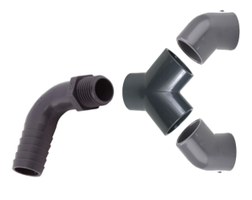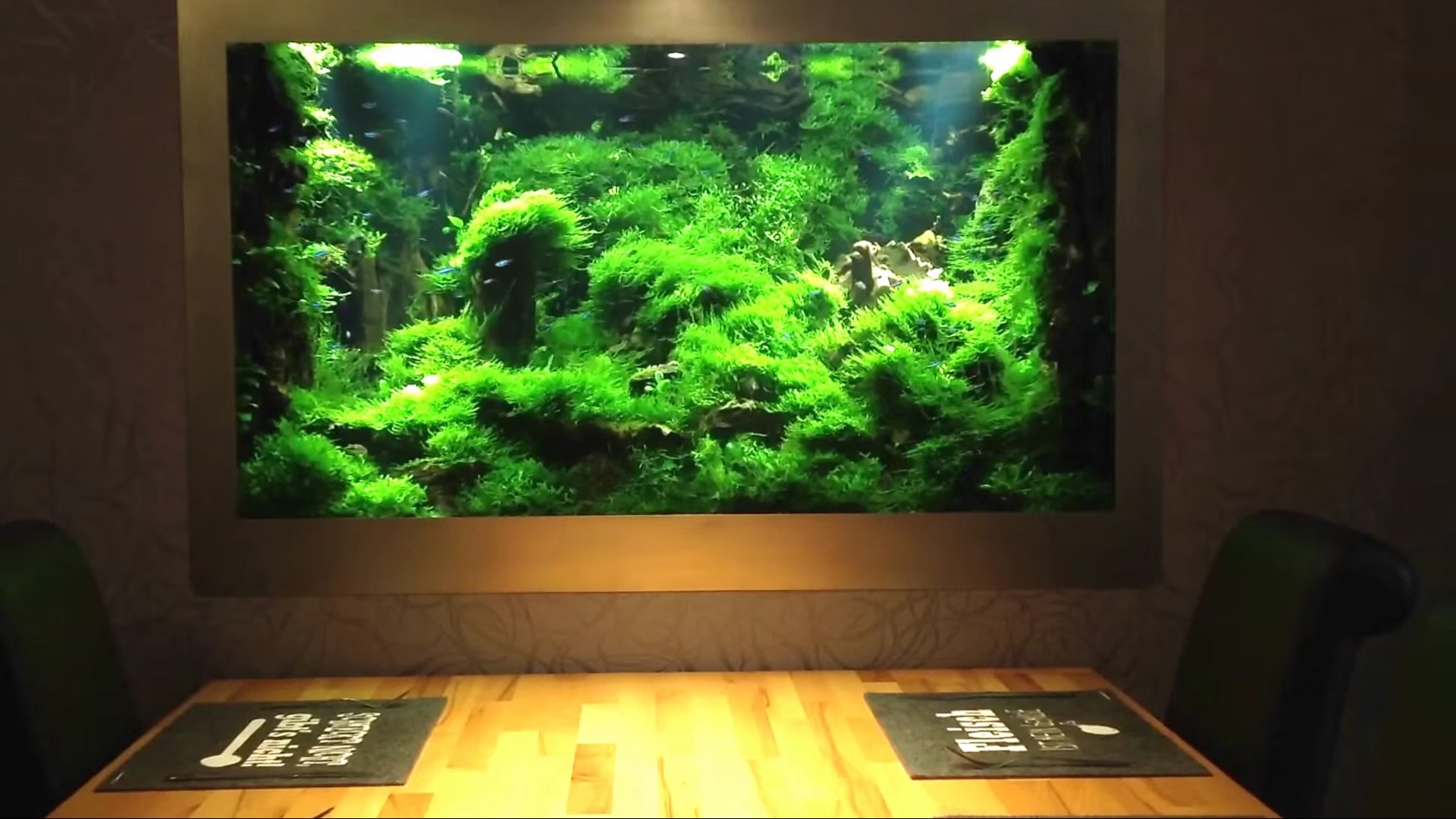So im building a custom(ish) reactor.
Ive had a few late nights with water all over the floor trying to get the chinese Yidao reactor to seal properly, and 22802's CO2 spray bar wasnt ideal for my preferences and maintenance phobia.
Based on the prices of large diameter transparent PVC pipe and fittings, I decided to go for a Cerges style reactor rather than a Griggs.
I have ordered a 20" filter housing after hunting around for quite a few days to find a tolerable price. (Atlas Filtri Master Plus 3P AFO SX Clear Housing 20")
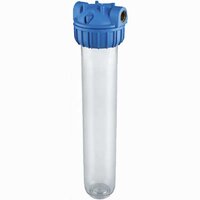
I havent decided for sure how im gonna set it up internally, I quite like the concept of Cerges a la @foxfish , but the varying results from some others in that thread makes me a bit nervous.
I think I have a few things going for my setup that makes it more likely to work though. A long a** filter house so bubbles wont escape easily, and im gonna run the reactor using a dedicated pump rated at up to 5500l/h (adjustable).
Alternatively if I cant get that to work well, I could see about 3D printing a guide/funnel for the water as it enters the filter the standard way, to introduce a swirling/vortex. Either way will figure something out about the internal bits.
I have a 250 liter tank atm but might go bigger in the distant future, which is why I want to have equipment that can work for bigger size tanks as well.
My main questions are;
-Do I definitely not need a bypass for this setup, or should I spend extra on making a bypass just in case it is needed (now or in the future)?
I have a feeling the bypass might be too much overthinking even by Hufsa standards, in which case I need someone to tell it to me straight 😁
-Brass. Cant find a conclusive answer on this. Should it be avoided? The housing has brass threads on the ports, but I assume this part is ok and/or will be covered up by whatever other fitting is screwed into the ports? But Brass on the other fittings?
Brass is approved for drinking water but humans can take much more copper than shrimp can, no? Especially if sometime in the future I want to run stupidly soft water a la @plantnoobdude , that water is going to be acidic and devoid oflife salts, would this kind of water be likely to uptake more copper from the brass?
-Can Nylon fittings be used for the smallest bits like the 4/5mm connection that the CO2 tube needs? Does Nylon hold up to acidic water over time?
I have found the equivalent parts in stainless steel, but they are over double the price of the nylon ones.
-If I go for a modified style of Cerges instead of introducing the CO2 through a T pipe, I will need to put a hole in either the top of the filter housing, or the side of the vessel. What fitting will be best and most secure for this purpose?
Im concerned about getting a good enough seal against curved plastic. Does doubling up on soft washers make the curve easier to get sealed?
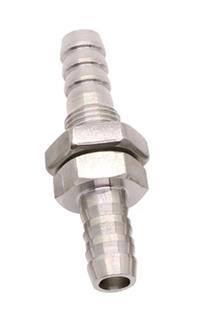
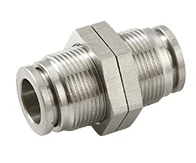
Could I use something like these +washers?
Ive had a few late nights with water all over the floor trying to get the chinese Yidao reactor to seal properly, and 22802's CO2 spray bar wasnt ideal for my preferences and maintenance phobia.
Based on the prices of large diameter transparent PVC pipe and fittings, I decided to go for a Cerges style reactor rather than a Griggs.
I have ordered a 20" filter housing after hunting around for quite a few days to find a tolerable price. (Atlas Filtri Master Plus 3P AFO SX Clear Housing 20")

I havent decided for sure how im gonna set it up internally, I quite like the concept of Cerges a la @foxfish , but the varying results from some others in that thread makes me a bit nervous.
I think I have a few things going for my setup that makes it more likely to work though. A long a** filter house so bubbles wont escape easily, and im gonna run the reactor using a dedicated pump rated at up to 5500l/h (adjustable).
Alternatively if I cant get that to work well, I could see about 3D printing a guide/funnel for the water as it enters the filter the standard way, to introduce a swirling/vortex. Either way will figure something out about the internal bits.
I have a 250 liter tank atm but might go bigger in the distant future, which is why I want to have equipment that can work for bigger size tanks as well.
My main questions are;
-Do I definitely not need a bypass for this setup, or should I spend extra on making a bypass just in case it is needed (now or in the future)?
I have a feeling the bypass might be too much overthinking even by Hufsa standards, in which case I need someone to tell it to me straight 😁
-Brass. Cant find a conclusive answer on this. Should it be avoided? The housing has brass threads on the ports, but I assume this part is ok and/or will be covered up by whatever other fitting is screwed into the ports? But Brass on the other fittings?
Brass is approved for drinking water but humans can take much more copper than shrimp can, no? Especially if sometime in the future I want to run stupidly soft water a la @plantnoobdude , that water is going to be acidic and devoid of
-Can Nylon fittings be used for the smallest bits like the 4/5mm connection that the CO2 tube needs? Does Nylon hold up to acidic water over time?
I have found the equivalent parts in stainless steel, but they are over double the price of the nylon ones.
-If I go for a modified style of Cerges instead of introducing the CO2 through a T pipe, I will need to put a hole in either the top of the filter housing, or the side of the vessel. What fitting will be best and most secure for this purpose?
Im concerned about getting a good enough seal against curved plastic. Does doubling up on soft washers make the curve easier to get sealed?


Could I use something like these +washers?
Last edited by a moderator:




